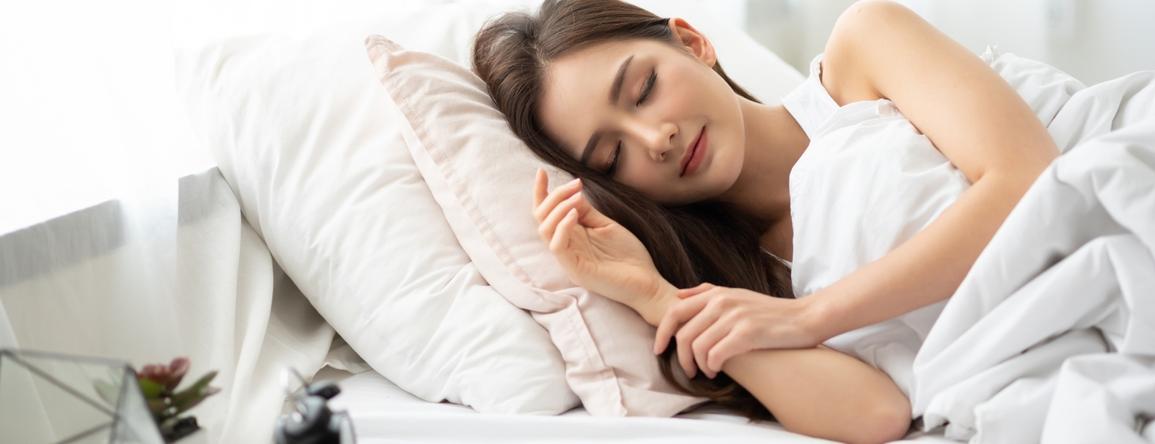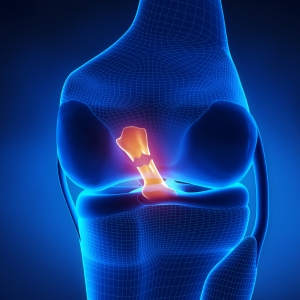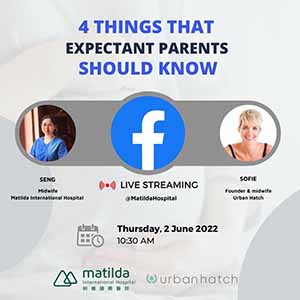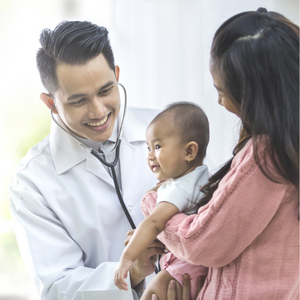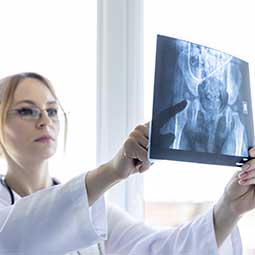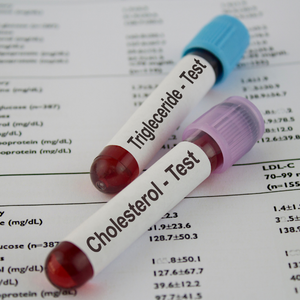Habitual snoring is common, occurring in 44 percent of men and 28 percent of women aged between 30 and 60. Occasional snoring is almost universal. However, snoring can be a serious health concern, disrupting family life, and adversely affecting one’s feeling of well-being. It may also indicate the need for medical treatment.
Sleep apnoea
Sleep apnoea is a condition in which a person’s breathing is interrupted during sleep, through obstruction of the airway or as a result of damage to the breathing centre in the brain.
Symptoms of sleep apnoea:
- Habitual loud snoring
- Waking up throughout the night choking or gasping
- Grogginess upon waking up
- Morning headache
- Impaired memory and concentration
- Irritability
- Decreased sexual ability in men
Some people with sleep apnoea have no symptoms, or are unaware they have them. They might think that it is normal to be tired or to snore a lot.
Types of sleep apnoea
1. Obstructive Sleep Apnoea (OSA)
This is the most common type of sleep apnoea. When OSA occurs, the airway is blocked, preventing normal airflow to the lungs. This causes the oxygen level in the blood to fall, and the brain, as well as other body parts, don’t receive enough oxygen.
There are many factors that can increase the risk of OSA. Men are at higher risk, as are people who are overweight. Having a smaller lower face with a small mouth and proportionally large tongue may also be a contributing factor. In children, enlarged tonsils can cause obstruction to breathing. Current smokers are nearly three times more likely than non-smokers or past smokers to suffer from this sleep disorder.
2. Central Sleep Apnoea (CSA)
In central sleep apnea, breathing is abnormal because of a change in the breathing control and rhythm. Generally, this is due to damage to the breathing centre in the brain as a result of trauma, stroke or other diseases, and the brain fails to send the right signals to the muscles to make a person breathe. Some reports indicated that CSA is also associated with severe heart failure.
3. Mixed Sleep Apnoea
People who suffer from obstructive and central types of sleep apnoea at the same time are sometimes referred to as having mixed sleep apnoea.
Complications of sleep apnoea
Sleep apnoea can become detrimental to health due to the complete obstruction to breathing. If left untreated, sufferers will become more vulnerable to the following ailments:
- Hypertension
- Heart attack
- Congestive heart failure (a condition in which the heart cannot pump enough blood to the body’s other organs)
- Abnormal heart rhythms
- Stroke
- Headaches
- Impotence
Testing for sleep apnoea
There are standardised tests to detect excessive day time sleepiness — defined as sleepiness that occurs in day light hours when most people are awake and alert. The Epworth Sleepiness Scale (ESS) is one such test. It is a simple self-scoring system that can give a preliminary assessment from which the doctor can determine the most appropriate follow-up. This screening tool is part of the regular lifestyle investigation in health checks conducted at Matilda International Hospital and Matilda Medical Centre.
The Epworth Sleepiness Scale (ESS)
0= Would never doze off
1= Slight chance of dozing off
2= Moderate chance of dozing off
3= High chance of dozing off
|
1. Sitting and reading |
0 |
1 |
2 |
3 |
|
2. Watching TV |
0 |
1 |
2 |
3 |
|
3. Sitting inactive in a public place( e.g. a theatre or a meeting) |
0 |
1 |
2 |
3 |
|
4. As a passenger in a car for an hour without a break |
0 |
1 |
2 |
3 |
|
5. Lying down to rest in the afternoon when circumstances permit |
0 |
1 |
2 |
3 |
|
6. Sitting and talking to someone |
0 |
1 |
2 |
3 |
|
7. Sitting quietly after a lunch without alcohol |
0 |
1 |
2 |
3 |
|
8. In a car while stopped for a few minutes in traffic |
0 |
1 |
2 |
3 |
If the score is greater than 10, further investigations may be indicated.
Sleep Study
The diagnosis of sleep apnoea is best made by a knowledgeable sleep medicine specialist who has an understanding of the individual's health issues. The study is usually performed in a sleep laboratory or a special purpose room, such as the one at Matilda International Hospital. A full sleep study is called a polysomnogram. The polysomnogram measures the breathing effort and airflow, blood oxygen level, heart rate and rhythm, duration of the various stages of sleep, body position, and movement of the arms and legs.
To prepare for a sleep study, food and medicine that cause either sedation, such as sleep medicines, antihistamines or cough medicines or heighten alertness, such as caffeine-containing drinks should be avoided that day. It is very important to let medical staff know what medications are being taken.
Preliminary results will be ready on the next working day and are sent to the attending doctor for follow up.
Treatment
One of the most effective treatments for sleep apnoea uses a mechanical device to keep the upper airway open during sleep. A continuous positive airway pressure device (CPAP) uses an air-tight attachment to the nose, typically a mask, connected to a tube and a blower which generates the pressure. If CPAP treatment is advised following the sleep study a fitting will be scheduled. The CPAP should then be used during sleep, day or night.
Surgery is another option for people with mild to moderate sleep apnoea. One such surgical procedure reshapes structures in the upper airways to open them up.
A change in personal lifestyle will also improve general well-being through maintaining a healthy weight, smoking cessation and regular exercise. Alcohol and sedatives should be avoided before sleep, and sleeping on the side rather than on the back has been shown to reduce snoring.
Matilda International Hospital and the Matilda Medical Centre work with ENT (Ear Nose Throat) specialists, to provide an integrated solution, from assessment, diagnosis, to the appropriate treatment, for all types of breathing disorders.
Call us now at 2537 7407 to arrange an appointment with our medical professionals, or simply click the below link to book online
Articles on this website are informative only and not intended to be a substitute for professional medical advice, diagnosis or treatment. They should not be relied upon for specific medical advice.
